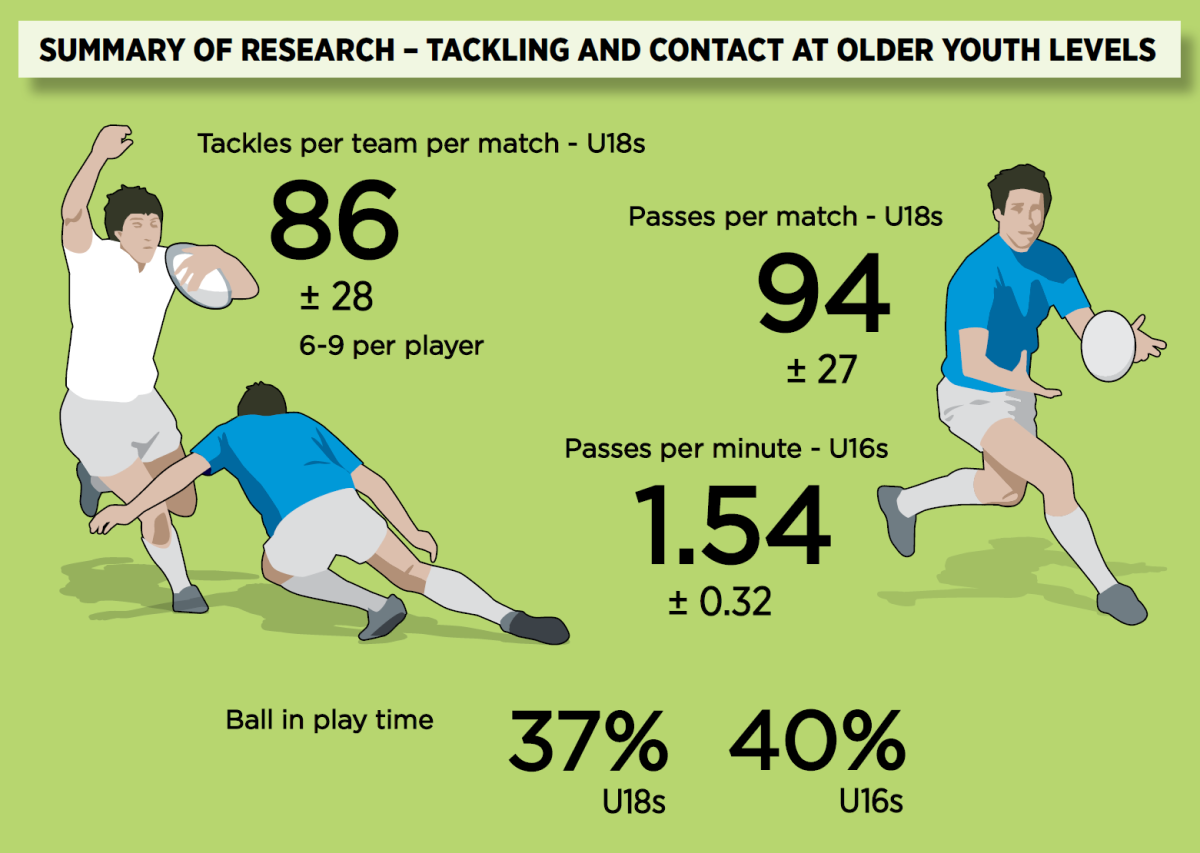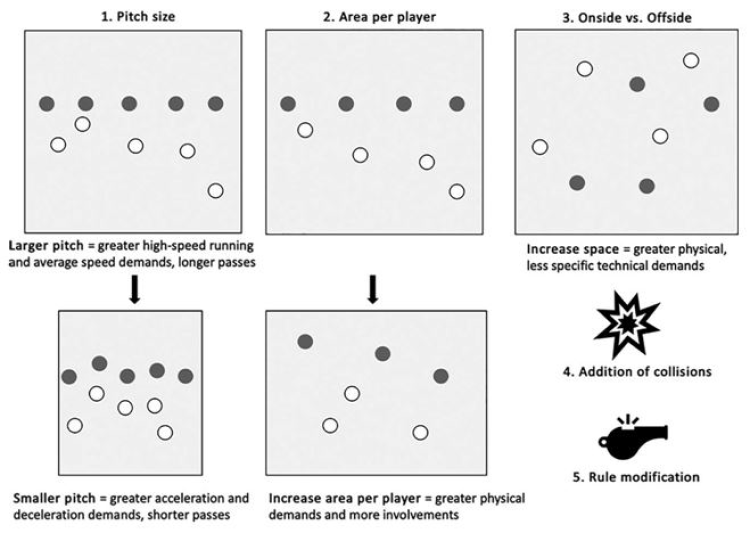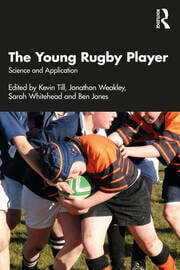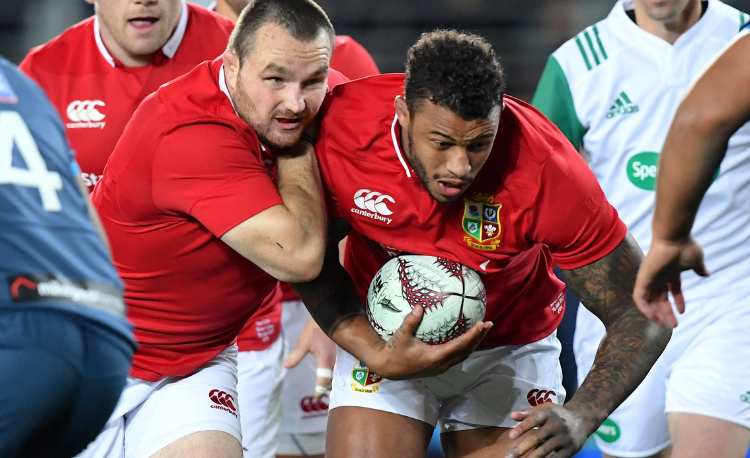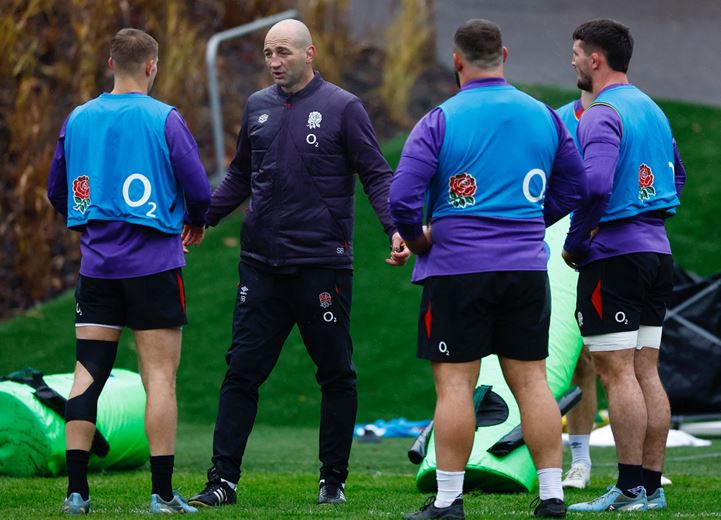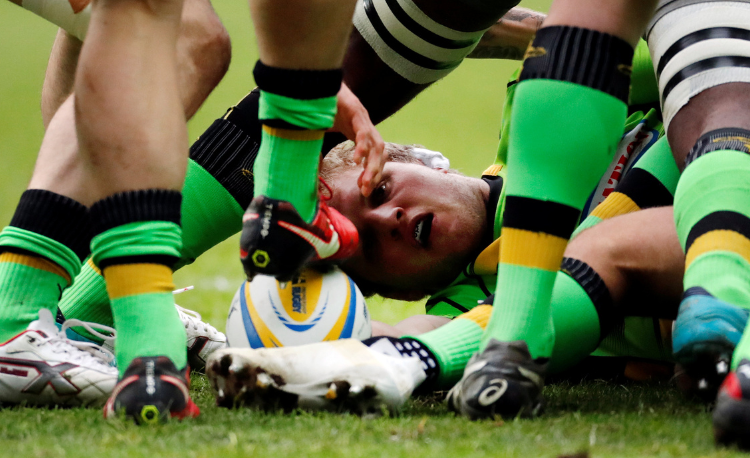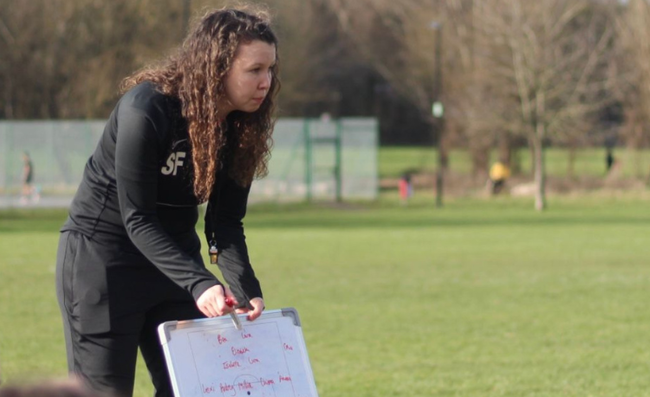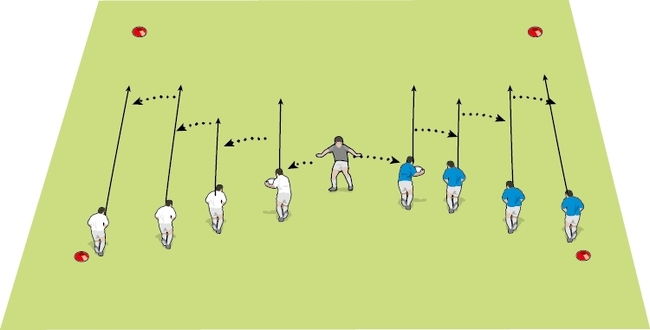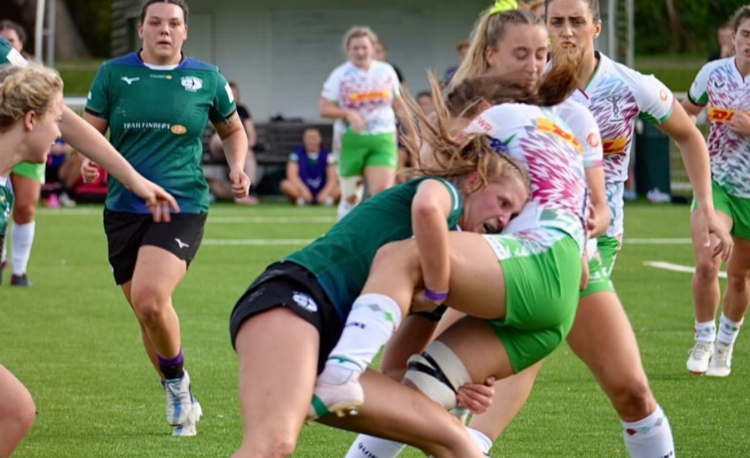The research to help shape youth training
Understanding technical, tactical and physical trends can support development.
This is an extract from The Young Rugby Player: Science and Application, edited by Kevin Till, Sarah Whitehead, Jonathon Weakly and Ben Jones. It is adapted from chapter six (The Demands of Youth Rugby Matchplay), by Sarah Whitehead, Dan Weaving, Rich Johnston, Dale B. Read, Ryan White and Ben Jones.
What does a youth rugby match really look like?
It is important to understand this question, and the answers to it, because knowing how much activity the players undertake in a game can help us shape our approach to training.
Research on the technical, tactical and physical demands of youth rugby - at U18 academy level and U16 schools matches - has provided data on the frequency of such actions.
Here are some of the key highlights from the eight different research papers which looked at the outcomes in matchplay.
Technical and tactical demands
As the graphic shows, teams in U18s matches were making, on average, 86 tackles. This is an average of six to nine tackles per player, per match.
Winning teams make fewer inefficient tackles and lose possession less frequently than losing teams.
The research showed that forwards perform more attacking rucks and make more tackles than backs. They also have 14 (±5) scrums per game.
In terms of passing, the U16s schools games show a figure of 1.54 passes per minute (approximately 123 per game). At U18s level, this becomes 94 passes per game.
Physical demands
A player will run between 3.8km and 6.5km in a match, at an average of 60-70 metres per minute.
The figure for the peak 10-minute average speed - i.e., the 10 minutes when the players were at their fastest - was around 80-97 metres a minute. That is a player able to get from one end of the pitch to another 10 times, or once a minute.
In U18 academy teams, backs covered more distance than forwards, and at a faster speed, but in U16 school matches, forwards ran more than backs.
Most of the distance run was at low speeds, but the differences in loads between different positions were more pronounced in older ages and higher standards of play.
Summary
Positional differences are apparent in the demands of matchplay, some of which depend on the playing standard, indicating the need for position-specific prescription of training practices.
Practical applications
The demands of youth rugby matchplay can be used by coaches to enhance and support player development by ensuring appropriate prescription of training practices.
During field-based training, a major focus by coaches is to prescribe a variety of drills to holistically develop players’ technical and tactical skills during different phases of the game - e.g., attack, defence, transition, etc.
Given the time constraints of youth rugby programmes, there is a need for efficient training practices that provide concurrent development of the physical, technical and tactical elements of the game.
Understanding match-demands data can assist in both the design of new drills and the evaluation of existing ones to ensure players are more consistently exposed to the physical intensities and technical-tactical requirements of their position, current age category, future age categories and playing standards.
Importantly, the measures utilised by coaches (e.g., average speed, collisions, etc) must be considered to reflect the activity performed and training outcome.
Designing and prescribing training drills
Given the intermittent nature of training and matches, coaches should maintain awareness of which variables might best be targeted to reflect the intensity of the activity performed.
The average speed of a drill is often used as a measure of intensity, but this does not reflect the regular changes of direction and physical contact players perform during match-specific training and will, therefore, potentially underestimate the intensity of the activity.
As such, for more intensive drills - such as those performed in a confined space, like goal-line defence - the measures of changes in speed (acceleration and deceleration) provide a better reflection of drill intensity.
On the other hand, for extensive drills - those performed over a large space, such as small-sided games on a half field, or kick-chase drills - average speed and high-speed measures may be a suitable variable to reflect intensity.
When the drills performed are position-specific, different metrics may need to be considered between positional groups.
For example, the greater distances covered at high speed by backs, which becomes more of a factor in older age groups, may carry more significance towards the total load performed for backs, compared to acceleration and physical contact for forwards.
Coaches can manipulate training drills to influence the physical and technical demands.
Related Files
The diagram above presents several ways to manipulate the demands of any drill to either increase or decrease the intensity and/or difficulty and also alter the training focus, in the following ways:
Size of the playing area: This will largely govern the types of movements and involvements players will perform and should be the first thing to decide. Increasing the area will allow for more opportunity for high-speed running, whereas a smaller area constrains the players so they cannot reach high speeds.
Area per player: While this may be governed in part by player availability, this is the second aspect that should be decided upon. Increasing the area per player, by reducing player numbers, will result in a more difficult drill with more frequent movements and involvements.
Onside vs offside: Offside games will lead to increased running but reduce the specificity of the technical-tactical requirements of the drill.
Contact vs no contact: This may increase the specificity of the drill but will reduce the running demands of the games due to the time spent in contact. This will also alter the fatigue response, inducing more upper-body fatigue and muscle damage.
Newsletter Sign Up
Coaches Testimonials

Gerald Kearney, Downtown Las Vegas Soccer Club

Paul Butler, Florida, USA

Rick Shields, Springboro, USA

Tony Green, Pierrefonds Titans, Quebec, Canada
Subscribe Today
Be a more effective, more successful rugby coach
In a recent survey 89% of subscribers said Rugby Coach Weekly makes them more confident, 91% said Rugby Coach Weekly makes them a more effective coach and 93% said Rugby Coach Weekly makes them more inspired.
Get Weekly Inspiration
All the latest techniques and approaches
Rugby Coach Weekly offers proven and easy to use rugby drills, coaching sessions, practice plans, small-sided games, warm-ups, training tips and advice.
We've been at the cutting edge of rugby coaching since we launched in 2005, creating resources for the grassroots youth coach, following best practice from around the world and insights from the professional game.
